The Essential Guide to the Best Precious Metal Investment for Smart Investors
Disclaimer: At Global Coin, we pride ourselves on offering exceptional numismatic expertise and rare coin access, but let me be clear: I don’t give investment, financial, or legal advice. This content is for educational purposes only. Always consult a...
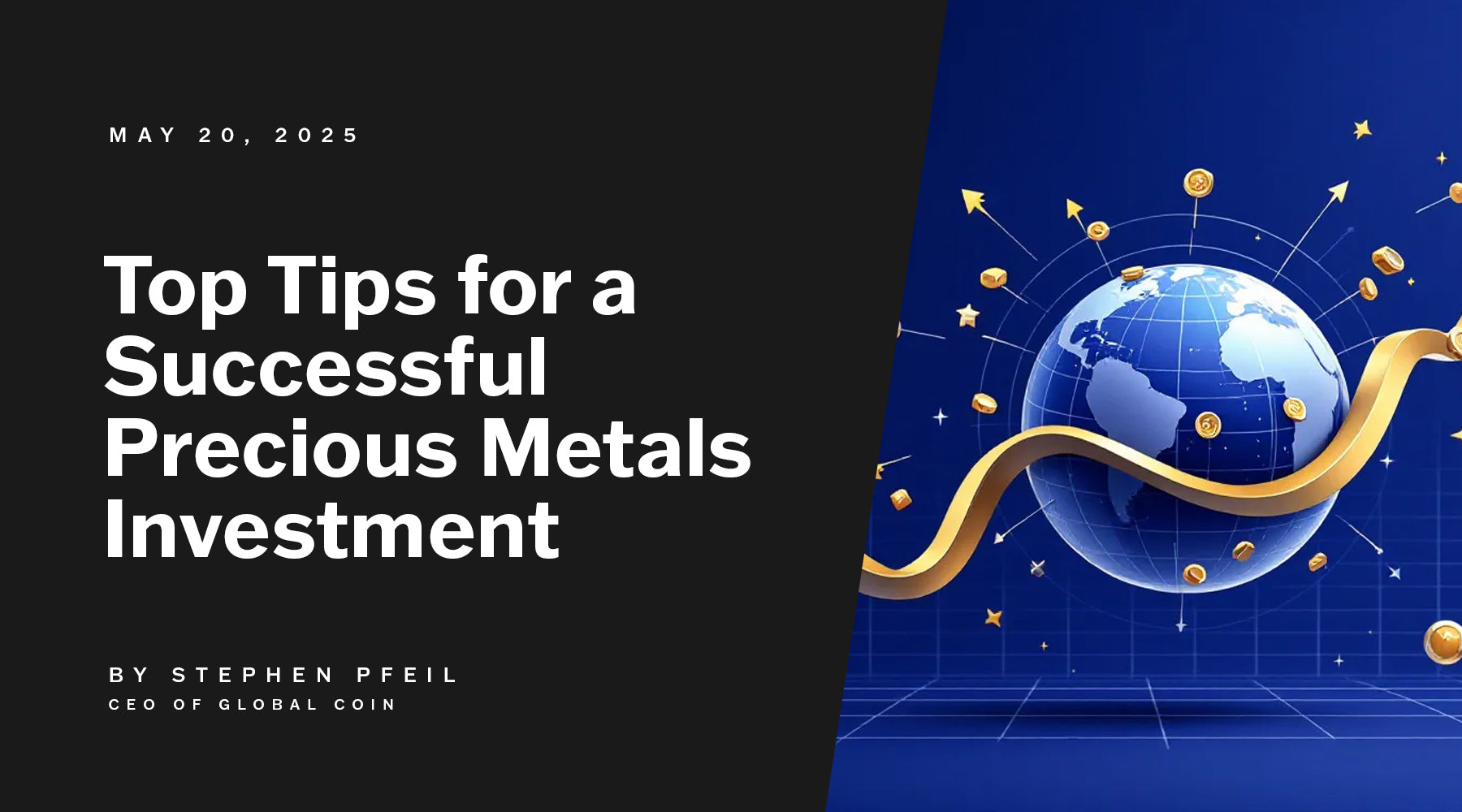
Disclaimer:
At Global Coin, we pride ourselves on offering exceptional numismatic expertise and rare coin access, but let me be clear: I don’t give investment, financial, or legal advice. This content is for educational purposes only. Always consult a qualified professional before making investment decisions. Gold and rare coins carry risk, and past performance doesn’t guarantee future results.
I remember when I first started exploring precious metals. It was overwhelming. But over the years, I’ve learned that gold, silver, and platinum aren’t just commodities—they’re strategic tools for preserving wealth. This guide distills my decades of experience into the core principles every smart investor should know.
Key Takeaways
- Precious metals, including gold, silver, and platinum, are valuable for their rarity and diverse industrial applications, offering lower-risk investment options with high liquidity.
-
They diversify portfolios and act as hedges against inflation, volatility, and geopolitical unrest.
-
You can invest through physical coins, ETFs, mutual funds, mining stocks, and digital platforms—each with its own strengths and caveats.
-
Buying precious metals can help diversify your portfolio and protect against market volatility.
-
Understanding the different types of precious metal investments is essential for making informed decisions.
Understanding Precious Metals

Understanding Precious Metals: Let’s start at the foundation. Gold, silver, and platinum are rare, durable, and universally trusted. Their demand spans jewelry, tech, medicine, and yes—strategic wealth preservation. These aren’t just metals; they’re pillars of human history.
Gold is my go-to for its enduring value and sovereign trust. Silver plays dual roles—a store of value and an industrial workhorse, with extensive industrial applications in electronics, solar panels, and medical devices. Platinum, often overlooked, is a powerhouse in medical and automotive tech, serving as an investment metal used in jewelry and industry. Platinum is also essential in catalytic converters for the automotive industry and is important in the computer industry for various components.
Palladium, another rare metal, is valued for its use in electronics and industrial products, and it plays a role in groundwater treatment through catalytic processes.
Investors tend to favor gold, silver, and platinum due to their liquidity and lower risk profiles. Platinum and gold are priced per troy ounce, and investment rounds are often measured in troy ounces.
The takeaway? Understanding the real-world uses and scarcity of each metal helps you make smarter, more grounded decisions.
Why Invest in Precious Metals?

Why I Invest in Precious Metals: Precious metals aren’t speculative bets for me—they’re foundational. Why?
-
Inflation Shield: When currency weakens, metals hold strong.
- Diversification: They don’t move with stocks or bonds, so they balance a portfolio.
-
Safe Haven: During global uncertainty, they shine.
- Legacy Asset: Tangible, timeless, and transferable to future generations.
Precious metals also perform independently of bond markets, providing stability during downturns when traditional assets may falter.
This isn’t theory. I’ve seen clients preserve generational wealth with the right coin strategy.
Ways to Invest in Precious Metals
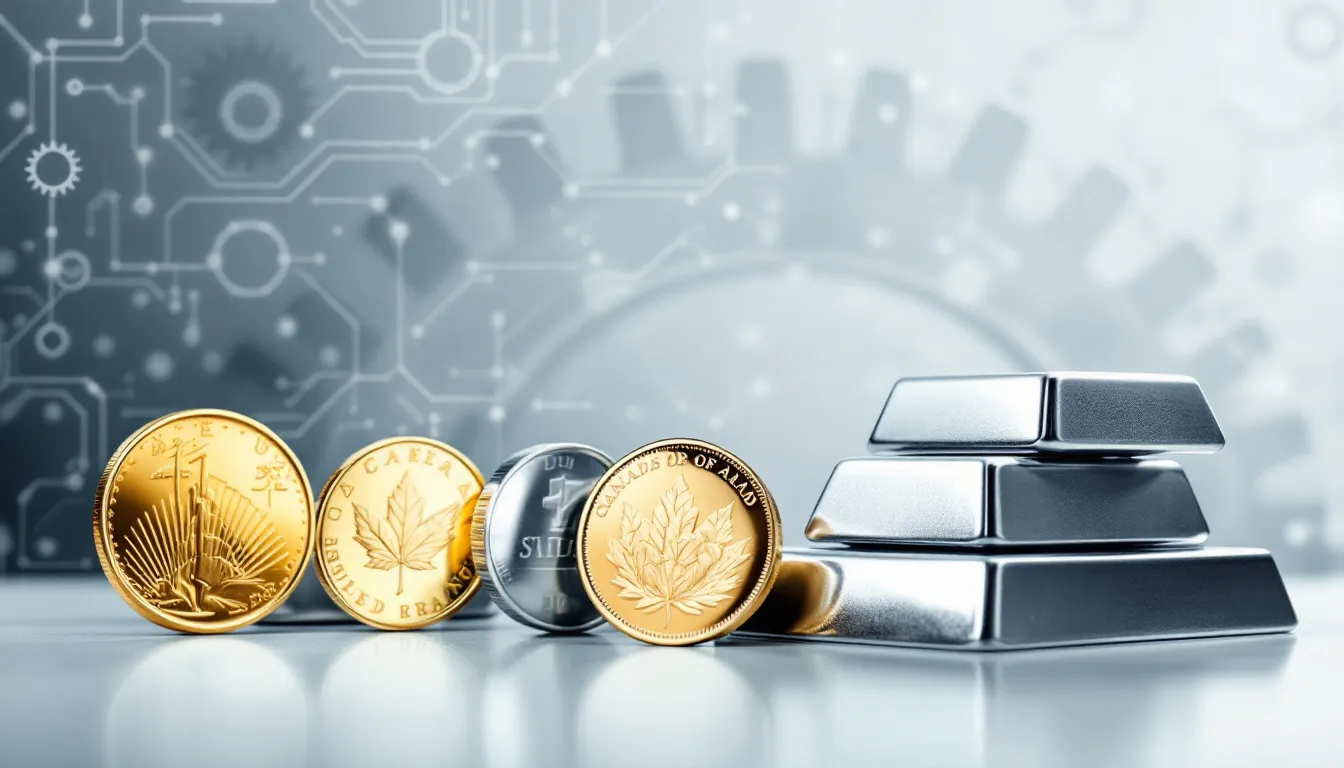
Ways I Recommend Investing in Precious Metals
- Physical Metals: My top recommendation for those serious about wealth preservation. Think graded, investment-grade coins—not just bullion. Coins carry stories, scarcity, and prestige. Physical gold is a tangible asset, distinct from paper-based gold investments like ETFs or gold stocks, and comes with considerations such as storage and insurance costs. Direct investment in physical metals means you must consider storage, security, and tax implications. When holding large amounts of silver, you’ll need more storage space due to its lower value per ounce, and insurance costs can add up. Insuring physical gold is also a key part of the total cost of ownership for those holding coins or bars.
-
ETFs (Exchange-Traded Funds): Great for liquidity. You get exposure without storage hassles. But remember, you’re not holding real metal. An exchange traded fund can hold physical or digital precious metals and is traded on stock exchanges.
-
Mining Stocks & Mutual Funds: Indirect exposure with potential upside. You’re betting on companies, not the metal itself. Gold stocks can offer higher returns but come with additional risks compared to physical gold or ETFs. Due diligence is crucial.
-
Digital Gold & Certificates: For the tech-forward investor. Convenient, fast, and innovative—but only trust platforms that back digital assets with actual physical metal.
Silver is inexpensive compared to gold and platinum, making it accessible for small investors.
I often tell clients: the best strategy blends security (physical coins) with flexibility (ETFs or digital platforms). You can also buy physical gold as a tangible asset for direct ownership.
What Moves Precious Metals Prices: This market isn’t random. Several core forces shape it:
-
Monetary Policy: Central bank actions and interest rates influence demand.
-
Inflation & Currency Strength: As the dollar weakens, metals strengthen.
-
Industrial Demand: Especially relevant for silver and platinum.
-
Geopolitical Events: War, instability, and global shocks often push investors to safe-haven assets.
Mining supply disruptions or advancements can significantly impact a metal's price and contribute to price fluctuations. Silver's price is particularly influenced by industrial demand and technological innovation, while platinum prices are known for their volatility and limited investment options. Monitoring market trends is crucial for anyone considering precious metal investments. Economic uncertainties also increase demand for precious metals as safe-haven assets.
Understanding these dynamics is key to timing and confidence.
Liquidity and Volatility: What You Need to Know: Liquidity is gold’s superpower. It’s universally recognized and easily sold. Silver is close behind. Platinum? Less liquid, more volatile—but that’s where opportunity can live.
The World Gold Council provides valuable data on gold trading volumes and liquidity, helping investors assess market conditions.
Volatility isn’t a red flag; it’s a signal. It tells me when the market is ready for decisive action or patient holding.
Tax Implications & Costs: Let’s talk reality. In the U.S., most precious metals are taxed as collectibles—up to 28% on gains. Storage, insurance, and transaction fees also impact net returns. Insurance costs for physical metals, especially gold, are an important part of the total expense. For some collectible coins, more than half of their value may come from rarity and collectibility rather than just metal content. Precious metals do not generate cash flow like dividends or interest, which is a consideration for investors. The federal reserve bank, particularly the Federal Reserve Bank of New York, plays a significant role in storing gold and supporting the global financial system.
This is why selecting the right coins—with strong resale value—matters. The wrong coin can erode profits. The right coin? It can grow tax-efficient legacy wealth.
Making Smart, Informed Decisions: This isn’t about hype. It’s about clarity, education, and long-term thinking. Before investing, ask:
-
Is this dealer trustworthy?
- Is the coin certified and graded?
-
Do I understand this asset’s historical and market significance?
If the answer to any of those is no, hit pause.
Final Thoughts: I’ve dedicated my life to rare coins and precious metals because I believe in their power to protect, preserve, and elevate wealth. Whether you’re just starting out or refining a sophisticated portfolio, there’s always more to learn—and smarter moves to make.
If you’re ready to go beyond bullion and into strategic, high-integrity investing, I invite you to connect with us at Global Coin.
FAQ
Q: What’s the best way to start investing in precious metals?
A: Start with education and certified physical coins from a reputable source.
Q: Are precious metals really a hedge against inflation?
A: Yes. Historically, metals like gold retain or grow value when fiat currencies weaken.
Q: What’s the safest form of precious metal investment?
A: Graded, authenticated coins stored securely. You own the metal outright, with documented value.
Q: How are gains taxed?
A: In the U.S., most gains are taxed as collectibles at a 28% rate. Consult a tax pro.
Q: Can I resell my coins easily?
A: Yes, especially if they’re graded and in-demand. Liquidity is one of the top advantages of quality coins.
Introduction to Precious Metals Investing
Precious metals have stood the test of time as a reliable store of value and a trusted hedge against economic uncertainty. Gold, silver, platinum, and palladium are more than just commodities—they’re assets that can help investors seeking stability and diversification in their portfolios. Investing in precious metals offers a way to mitigate risks that come with market volatility and unpredictable economic climates. Physical precious metals, such as gold and silver coins or bars, are especially popular for those looking to add tangible value to their precious metals portfolio. Whether you’re new to precious metals investments or looking to strengthen your strategy, understanding the basics of investing in precious metals is the first step toward building a resilient financial future.
Why Invest in Precious Metals?
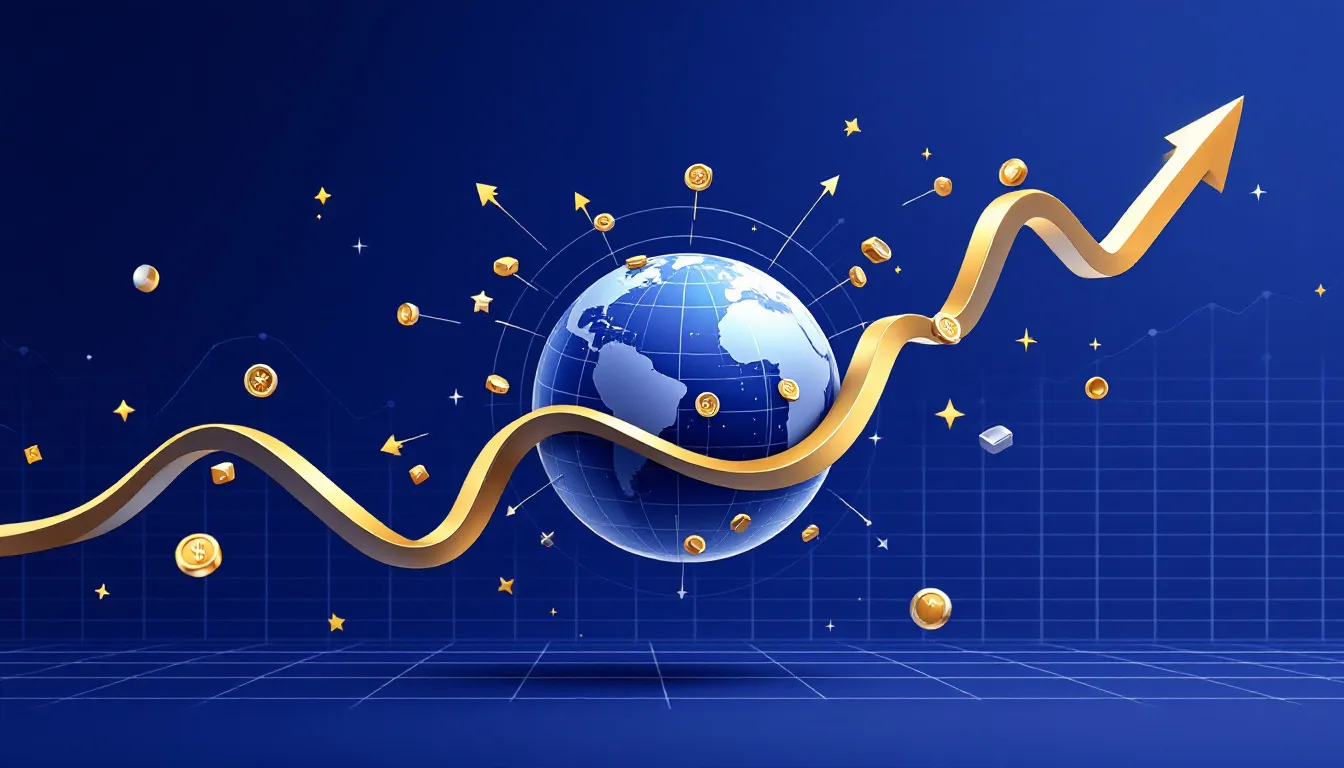
Choosing to invest in precious metals like gold and silver is a smart investment move for anyone aiming to protect their wealth from the effects of economic downturns and inflation. Unlike many other asset classes, precious metals like gold and silver have intrinsic value that isn’t tied to the performance of stocks or bonds. Their price volatility is shaped by a mix of industrial demand, investor demand, and broader economic factors, making them a dynamic addition to any investment portfolio. Purchasing precious metals can help balance out risk, especially when markets are uncertain. Other precious metals, such as platinum and palladium, bring their own unique investment characteristics and can further diversify a precious metals portfolio. By understanding what drives the value of gold and silver, as well as other precious metals, investors can make informed decisions that support long-term financial security.
Benefits of Investing in Precious Metals
Investing in precious metals comes with a range of benefits that appeal to many investors. Precious metals investments are well-known for providing a hedge against inflation, economic uncertainty, and the ups and downs of the market. Because precious metals prices often move independently of other asset classes, they can help diversify your portfolio and mitigate risks. While precious metals don’t generate income like dividend-paying stocks or bonds, their potential for long-term capital appreciation makes them a valuable addition for investors seeking stability. For those looking to gain exposure to the precious metals market without holding physical assets, mutual funds and exchange traded funds (ETFs) focused on precious metals offer a convenient entry point. Ultimately, investing in precious metals is about balancing risk and reward, and finding the right fit for your financial goals.
Types of Precious Metals Investments
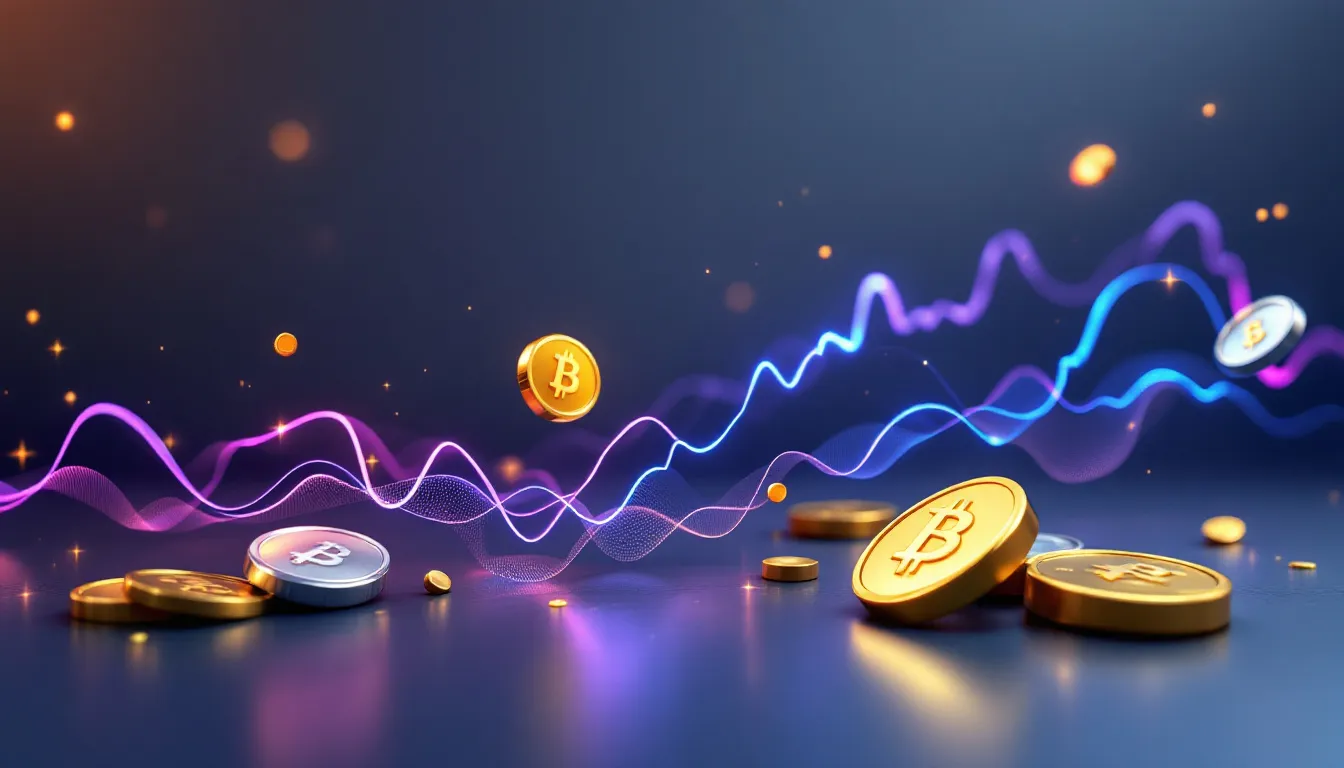
There are several ways to participate in the world of precious metals investments, each with its own advantages. Physical precious metals, such as gold and silver coins or bars, offer a tangible asset that you can hold and store, making them a favorite among traditional investors. For those who prefer a more hands-off approach, mutual funds and exchange traded funds (ETFs) provide exposure to the precious metals sector without the need to manage physical assets. Mining stocks are another option, allowing investors to benefit from the performance of companies involved in extracting gold and silver. Gold-focused mutual funds and ETFs are ideal for those who want to concentrate on the yellow metal, while silver prices can offer more volatility due to silver’s role as both an industrial metal and a store of value. Precious metals investment products, such as silver coins and gold bars, can be purchased from reputable dealers, giving investors a range of choices to suit their strategy and risk tolerance.
Related Articles
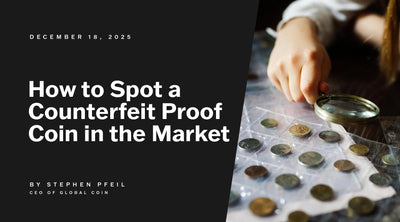
How to Spot a Counterfeit Proof Coin in the Market
How to Spot a Counterfeit Proof Coin in the Market In the world of numismatics, few things hold ...
Discover More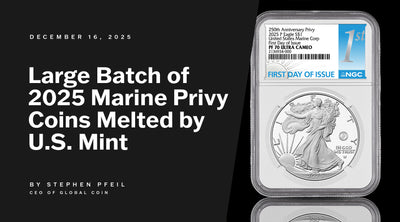
BREAKING NUMISMATIC NEWS: Large batch of 2025 Marine Privy Coins MELTED by U.S. Mint
BREAKING NUMISMATIC NEWS: Large batch of 2025 Marine Privy Coins MELTED by U.S. Mint A historic ...
Discover More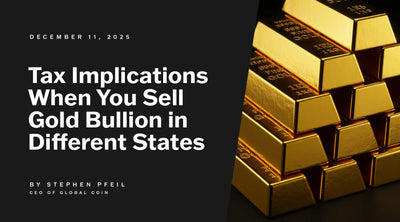
Tax Implications When You Sell Gold Bullion in Different States
Disclaimer: The following content is for informational purposes only and should not be construed ...
Discover More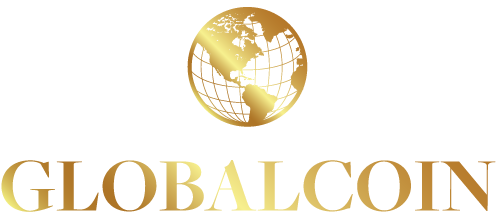

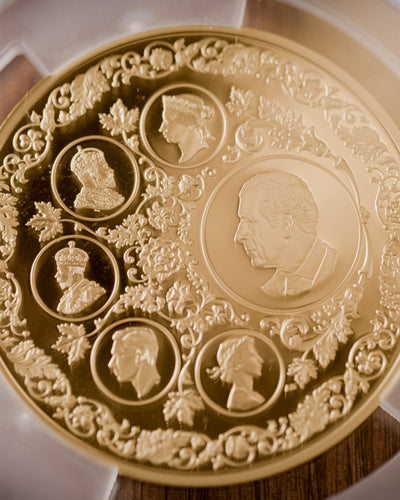
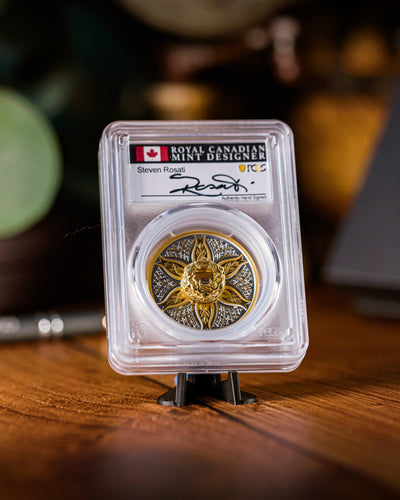
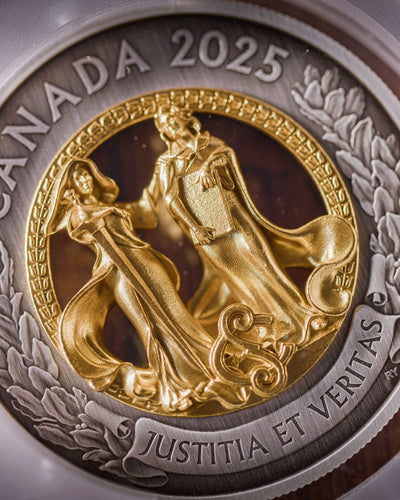
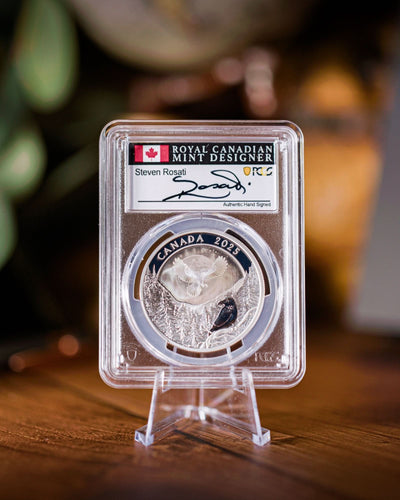
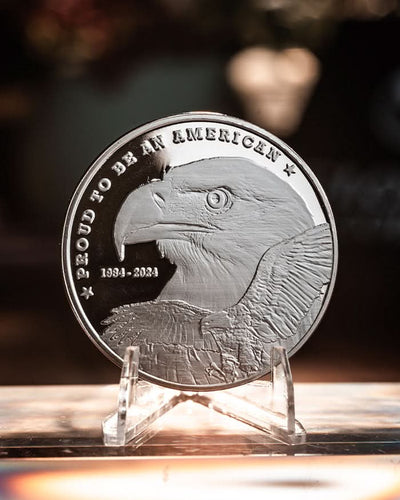
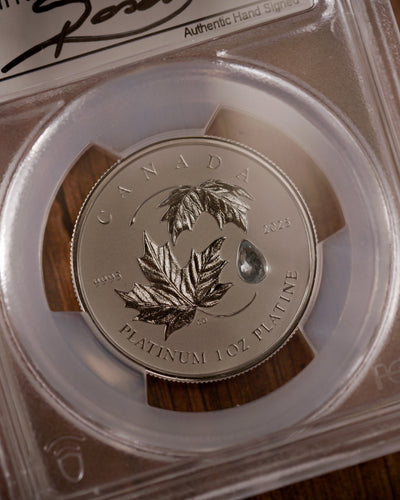
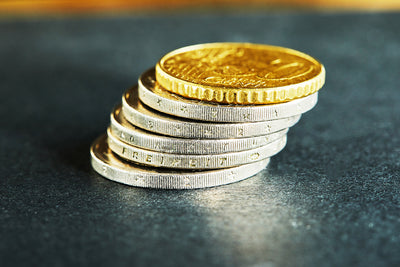
Leave a comment
This site is protected by hCaptcha and the hCaptcha Privacy Policy and Terms of Service apply.